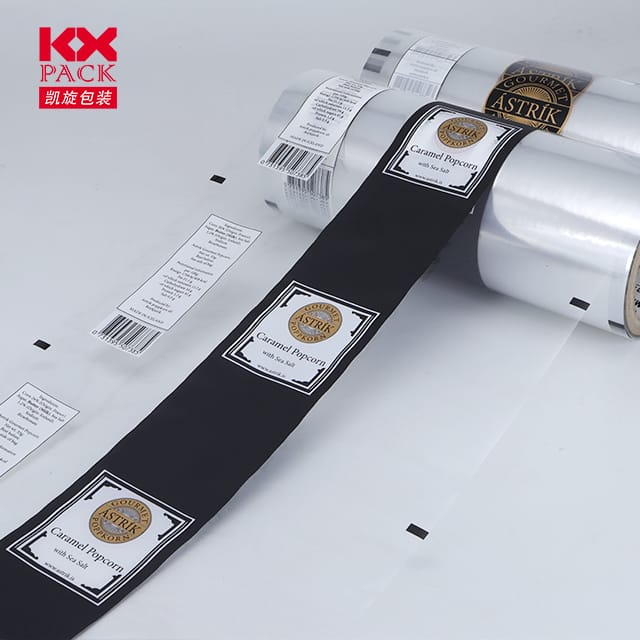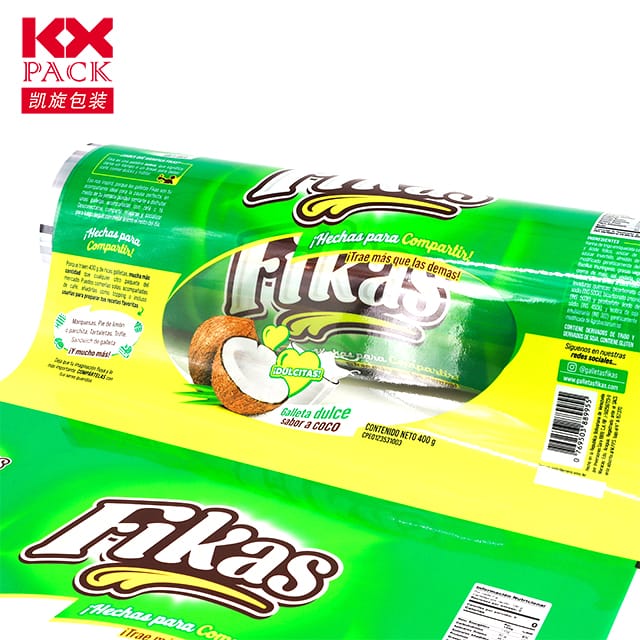Der Aufstieg des gedruckten flexiblen Verpackungsfilms: Wo Innovation die Nachhaltigkeit entspricht
Gedruckter flexibler Verpackungsfilm
In an era where consumers demand both visual appeal and environmental responsibility, Gedruckter flexibler Verpackungsfilm hat sich als Game-Changer entwickelt. Dieses dynamische Material kombiniert hochwirksames Branding mit funktionalen Vorteilen, Transformation der Art und Weise, wie Produkte verpackt werden, vermarktet, und konsumiert. Lassen Sie uns untersuchen, warum diese Technologie die Industrien umgestaltet - und warum sie hier bleibt.
Why Printed Flexible Packaging Film? A Multifaceted Advantage
- Brand Differentiation at Shelf Level
Printed flexible films allow brands to create eye-catching designs with up to 10-color printing capabilities, from vibrant gradients to matte finishes. Unlike traditional labels, graphics are printed directly onto the film, eliminating scuffing risks and ensuring consistent quality. Zum Beispiel, snack brands use shrink-sleeve films to wrap irregularly shaped products, achieving 360-degree branding that stands out in crowded aisles. - Sustainability Meets Performance
The global printed flexible packaging market, bewertet bei $101.48 Milliarden in 2025, is projected to grow at a 5.84% CAGR through 2030. This surge is driven by demand for recyclable and biodegradable materials. Innovationen wie BOPP (Bixial orientiertes Polypropylen) Filme now offer recyclable options without compromising barrier properties, reducing food waste by up to 30% through enhanced shelf-life preservation. - Cost-Efficiency for High-Volume Production
Flexographic printing remains the dominant method for long runs, accounting for 46.73% of the market share in 2024 due to its cost-effectiveness. Jedoch, digital printing is gaining traction, enabling on-demand customization for e-commerce brands. Hybrid systems that combine both methods are emerging as a sweet spot for flexibility and scale.
Schlüsselanwendungen: From Food to Pharmaceuticals
- Essen & Getränk:
Stand-up pouches with spouts are replacing rigid containers for sauces and infant nutrition, offering portability and resealability. Retortable films withstand high-temperature sterilization, ensuring safety for ready-to-eat meals. - Gesundheitspflege & Persönliche Fürsorge:
Cold-seal packaging, used for temperature-sensitive chocolates and pharmaceuticals, relies on printed films with precise registration marks to align seals with graphics, maintaining product integrity. - E-Commerce:
Digital printing enables serialized codes and geo-targeted promotions on mailer bags, enhancing supply chain traceability and customer engagement.(Gedruckter flexibler Verpackungsfilm)
Technological Advancements Driving the Market
- Material Innovations:
- Metallized Films: Add a premium look while blocking UV light and oxygen.
- High-Shrink Films: Conform tightly to products for a sleek finish.
- Kompostierbare Folien: Hergestellt aus Polymeren auf pflanzlicher Basis, Diese zersetzen sich innerhalb 180 Tage unter industriellen Bedingungen.
- Printing Techniques:
- Flexography: Ideal for large batches, with plates lasting up to 1 million impressions.
- Tiefdruck: Offers unmatched detail for high-end cosmetics packaging.
- Digital Inkjet: Reduces setup time by 70%, perfect for small-batch runs.
- Smart Packaging Integration:
Printed films now incorporate QR-Codes Und NFC -Tags for interactive experiences, such as tracking carbon footprints or unlocking recipes.
Herausforderungen & Zukünftige Aussichten
Despite its promise, the industry faces hurdles:
- Recyclinginfrastruktur: Nur 14% of flexible packaging is recycled globally, due to multi-layer structures.
- Vorschriftenregulierung: Brands must navigate evolving standards like the EU’s Richtlinie über Einwegkunststoffe.
Noch, the future is bright. Von 2028, the market is expected to reach$341.6 billion, fueled by:
- Sustainable Substrates: Bio-based PE and PLA films.
- Advanced Adhesives: Water-based and solvent-free options for easier recycling.
- AI-Driven Design: Tools that optimize ink usage and reduce waste.
Abschluss: Eine Leinwand für Innovation
Gedruckter flexibler Verpackungsfilm is more than just a container—it’s a strategic tool for brands to tell their story, Reduzieren Sie die Auswirkungen auf die Umwelt, und sich entwickelnde Verbrauchererwartungen erfüllen. Als technologische Fortschritte, expect to see even more creative applications, from edible inks to self-healing materials.
Für Unternehmen, die vorne bleiben möchten, the message is clear: Embrace flexibility, print with purpose, and package sustainably. The future of packaging isn’t just flexible—it’s intelligent.
What’s your take on Printed Flexible Packaging Film? Teilen Sie Ihre Gedanken in den Kommentaren unten mit! 🌍✨







